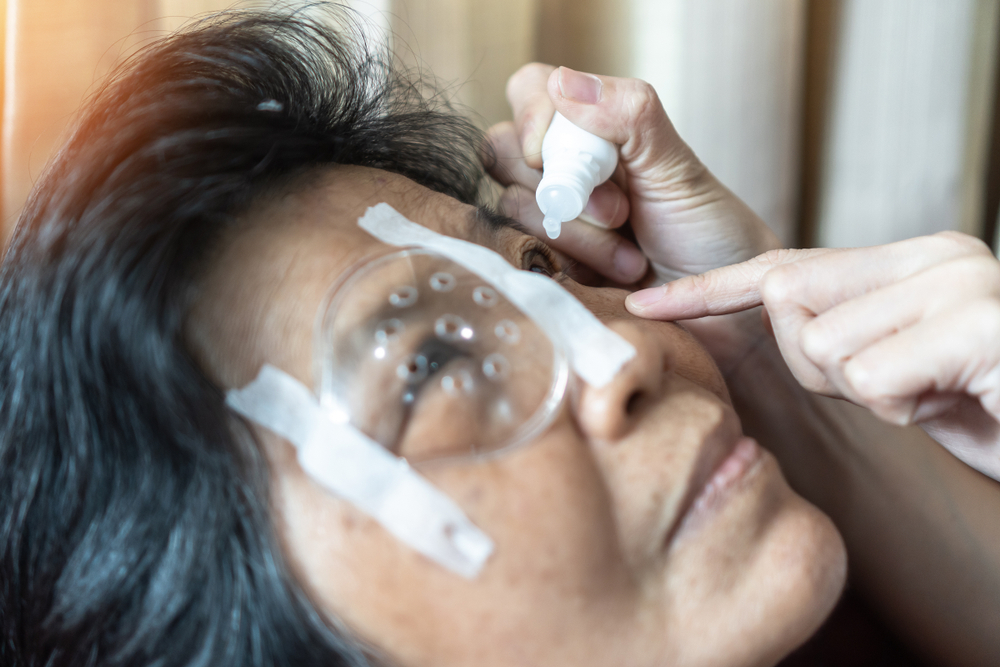Nurse & Caregiver Service: Roles, Options, and Considerations
A Nurse & Caregiver Service combines clinical nursing skills with practical daily support to help people maintain health, recover from illness, or live safely at home. These services can include clinical assessments, medication management, wound care, and personal assistance, and they often coordinate with physicians and hospitals. This article explains common roles, how services fit into healthcare systems, compensation considerations, and what medical tasks each professional may perform. This article is for informational purposes only and should not be considered medical advice. Please consult a qualified healthcare professional for personalized guidance and treatment.

What does a nurse do in care services?
Nurses in a Nurse & Caregiver Service typically bring clinical training to home- or facility-based care. Registered nurses (RNs) and licensed practical nurses (LPNs) perform assessments, develop care plans, administer medications and injections, monitor vital signs, and provide education to patients and families. They also document clinical progress and communicate changes to prescribing clinicians. In many setups, nurses supervise caregivers, set clinical priorities, and handle procedures that require clinical judgement. The exact scope depends on local regulation and the hiring organization, so verify credentials and scope of practice when evaluating services.
How do caregiver roles fit into healthcare teams?
Caregivers (often called home health aides or personal care attendants) focus on day-to-day assistance that supports independence and quality of life. Tasks commonly include help with bathing, dressing, meal preparation, mobility assistance, and light housekeeping. Within healthcare teams, caregivers enable nurses and clinicians to focus on medical tasks by ensuring basic needs and routines are met. Caregivers may also observe and report changes in the client’s condition, helping nurses catch early signs of decline. Training levels vary; some caregivers receive specialized instruction for dementia care or post-surgical support, while others provide primarily non-medical assistance.
When is hospital involvement necessary?
A Nurse & Caregiver Service coordinates with hospitals when clinical needs exceed what can be safely managed at home or in assisted living. Hospital involvement is necessary for acute care, complex diagnostics, surgical procedures, or when there is sudden deterioration. Transitional care is a common interface: after a hospital discharge, nurses may provide in-home clinical follow-up to reduce readmission risk. Clear communication between hospital teams and community providers improves continuity of care. Families should ask prospective services how they handle hospital transfers, discharge instructions, and communication with physicians to ensure seamless care transitions.
How do salary ranges affect staffing and access?
Salary and compensation influence who is available to provide care and the stability of staffing. Wages for nurses and caregivers vary widely by country, region, setting (hospital, agency, private hire), qualifications, and experience. Generally, registered nurses in hospital settings receive higher base pay and more benefits than home care aides, while agency or per-diem roles may pay differently than salaried positions. Total compensation also includes benefits, overtime policies, and paid training. When selecting services in your area, consider turnover rates and staffing models—lower hourly rates can correlate with higher staff turnover, which may affect continuity of care and accumulated experience.
What medical tasks can nurses and caregivers perform?
Medical tasks are allocated according to training, licensure, and local regulations. Nurses commonly handle clinical procedures such as medication administration, wound care, catheter management, IV therapy, chronic disease monitoring, and health education. Caregivers typically perform non-invasive supportive tasks, but in some jurisdictions and with proper training, they may assist with medication reminders, basic measurements (like blood pressure checks), and simple wound dressing under nurse supervision. Always confirm which tasks are permitted by law and which require a licensed nurse. Clear role definitions reduce risk and ensure that medical needs are met safely.
In addition to the clinical and practical elements, choosing a Nurse & Caregiver Service involves checking credentials, reading service agreements, understanding scheduling and backup procedures, and confirming how care plans are developed and reviewed. Many services offer customizable packages—some focus on short-term post-operative care, while others provide long-term assistance for chronic conditions. Insurance coverage, public funding, and private pay options vary, so inquire about billing practices and how the provider documents care for medical records and insurance claims.
Care decisions should balance clinical needs, safety, and the preferences of the person receiving care. Effective services coordinate nurses, caregivers, and other healthcare professionals to create a consistent, well-documented plan that supports health goals and daily life. Families and clients are encouraged to ask specific questions about staff qualifications, supervision, emergency protocols, and how the service measures outcomes.
This article is for informational purposes only and should not be considered medical advice. Please consult a qualified healthcare professional for personalized guidance and treatment.






